How to Homeschool an Elementary Student
The basics of homeschooling your elementary student in the day-to-day
After you teach your child to read and they have the basic foundation to the day to day – it’s time to start a real schedule. Don’t be overwhelmed, it’s not that hard. Remember with elementary kids, school is still just the foundation, so it’s not rocket science.
What does your elementary (1st-5th grade age) student need to know?
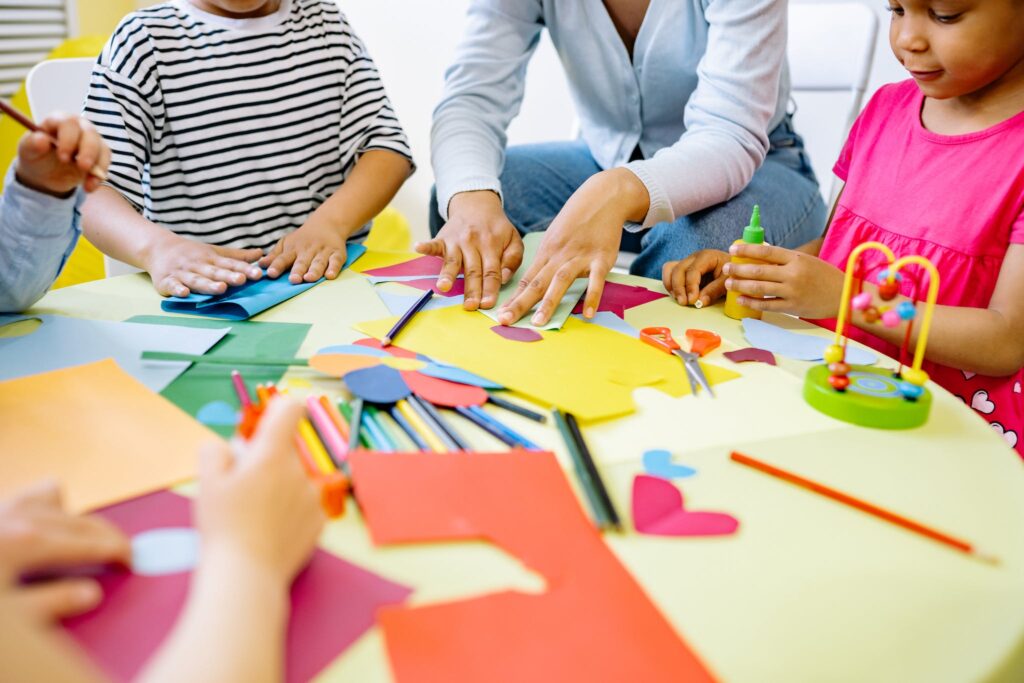

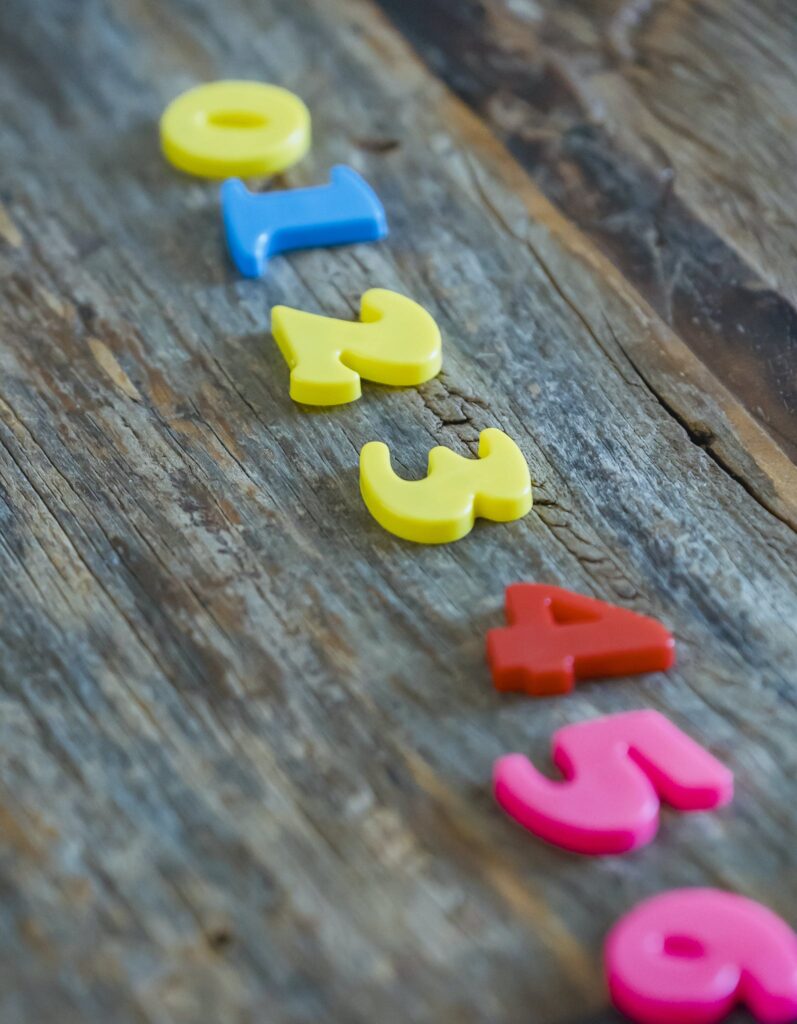
The breakdown:
Most elementary students are young enough to begin learning the pace of a real school day and have a larger volume of organized schoolwork. However, a good way to help guide this new organized (I say that loosely since we all have our own homeschool structures) schedule is to create a type of checklist. We enjoy the checklist because it helps us stay organized and allows an easier way of checking in. And checklists also help the child take some control of their own materials and stay on task, especially those who have ADD or other accommodations etc.
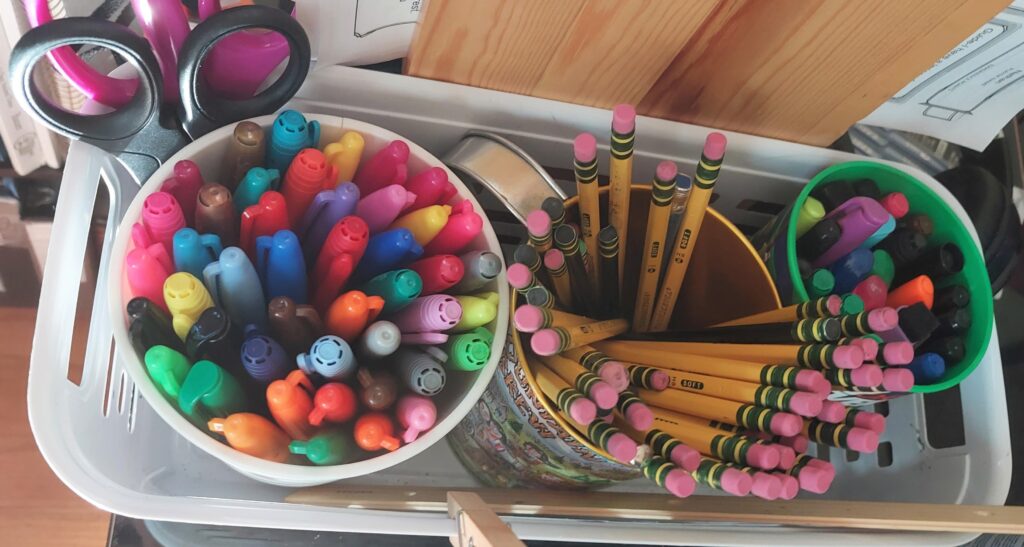

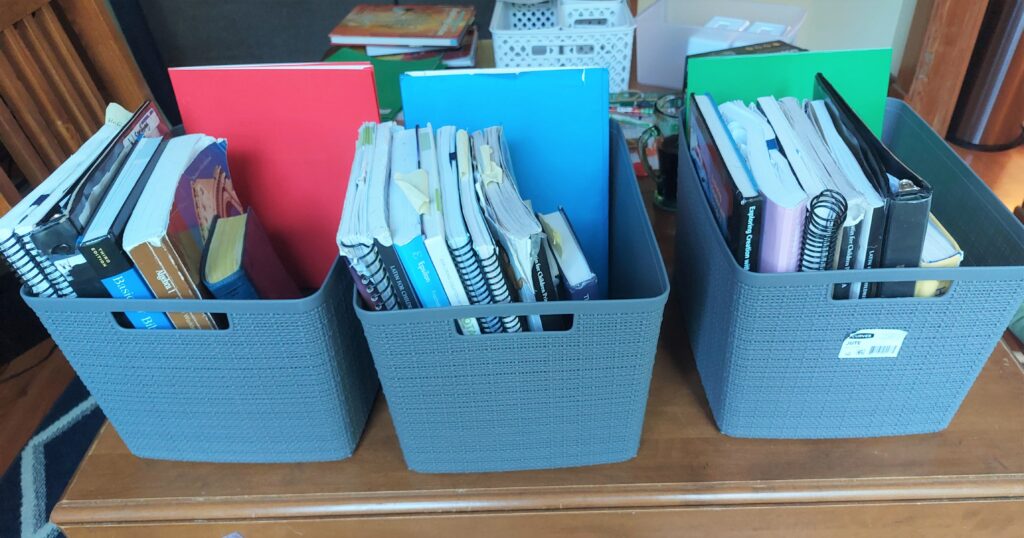
Lots of structured fun activities:
Most curriculums for elementary age students are catered to capture their attention. Many of the books have fun activities and extensions available. Since they are already young, they will be receptive to many activities and games. Take advantage of this and allow them to learn without realizing they are learning by having fun and exploring. As a result, you can teach so many skills with simple crafts and games.
When you are working through Math you can use math blocks to help count and multiply, flashcards to practice adding or multiplication etc. and so many other variations.


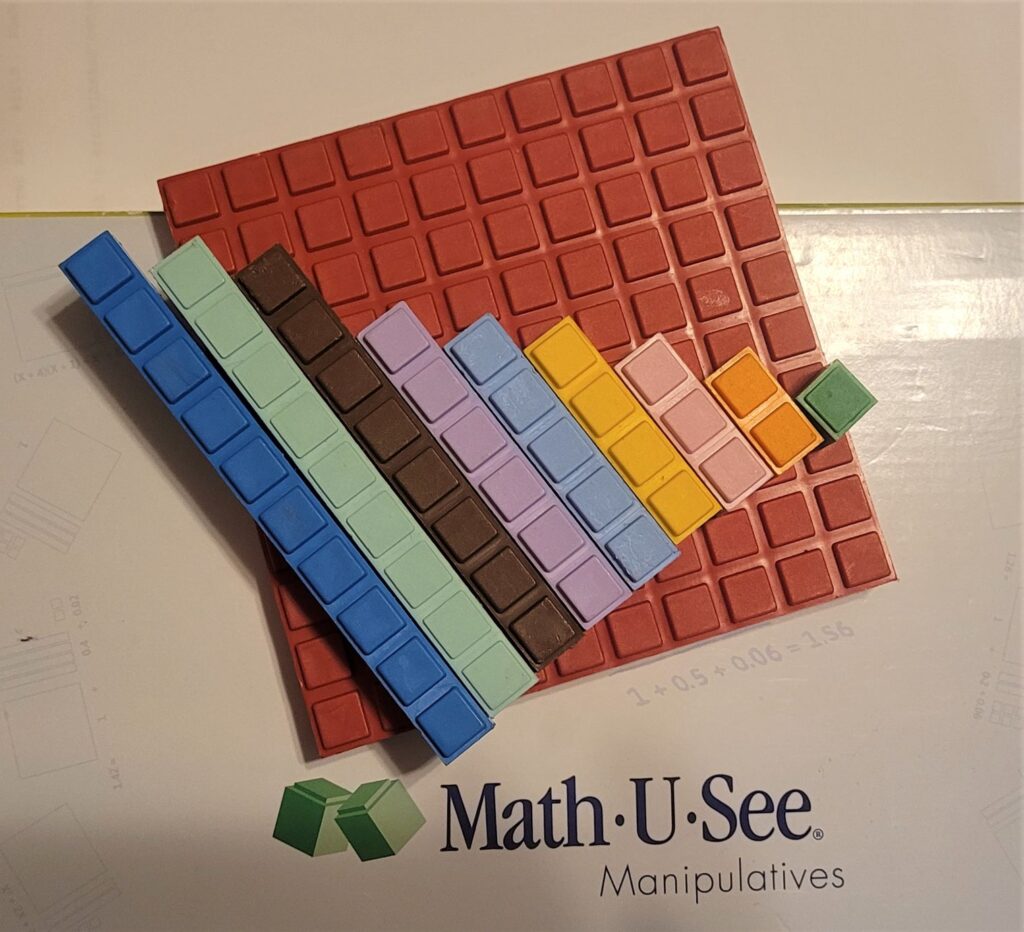
First, Science you can use experiments and crafts, like in Apologia science or see our extra resources page.
Second, with History you can utilize many activities and resources, like in Story of the World that allows you to create foods from other countries, maps, boats and games designed around the lesson content.
Third, with Reading we utilize a core list of classic children’s literature and increase the difficulty over time. As they read, we do journaling and increase the difficulty and length of the journal entries each day. By writing and reading daily they gain those skills, improve their handwriting and begin to learn how to synthesize information.
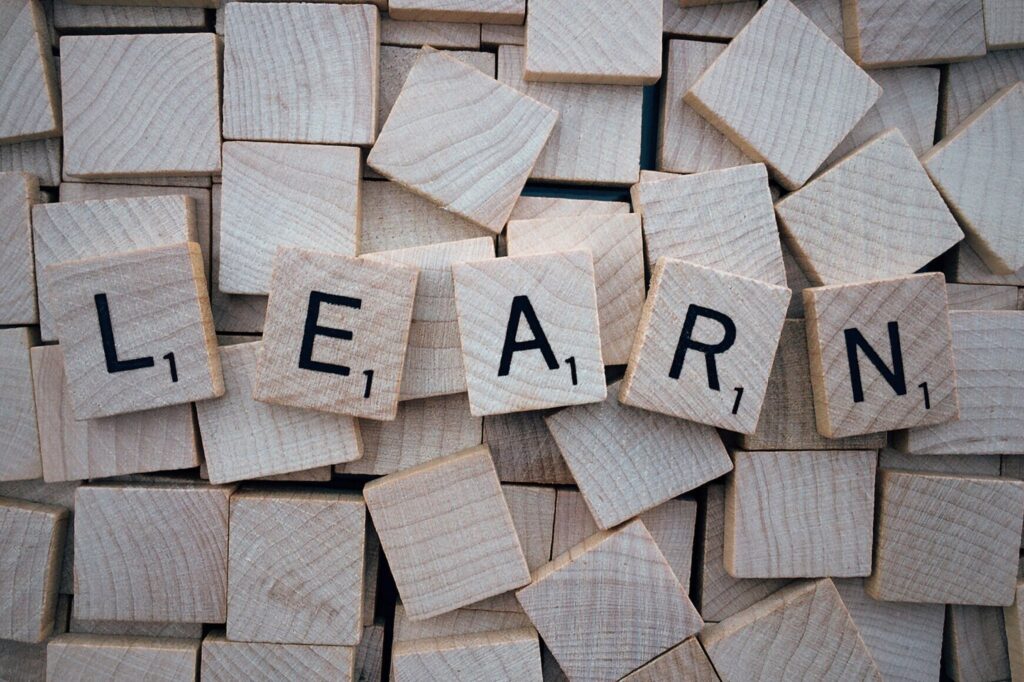
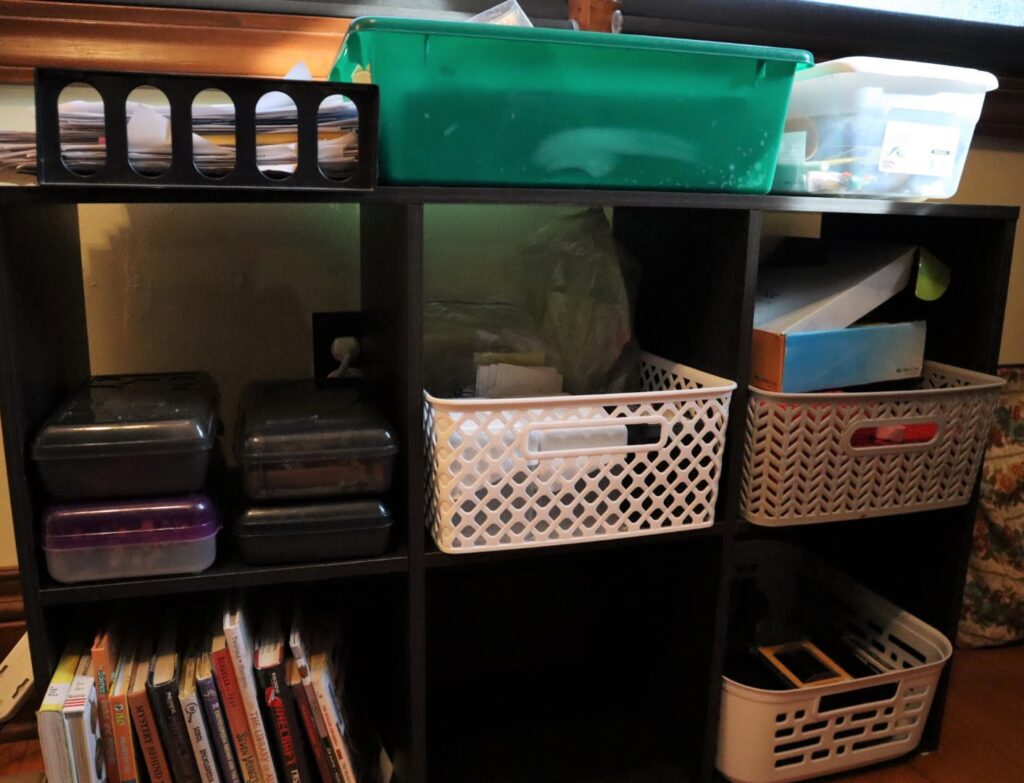
What does this mean in the day-to-day:
Depending on how your day to day looks with scheduling and time management, a checklist allows your child to see what they need to do and gives them a direct goal. For our children, we did a scaffolding approach that was most effective by doing an increase in content each semester or year depending on the progress our child was making.
Example for Elementary Student by Grade:
A general idea of the week and lesson scaffolding per grade –
1st Grade Suggested Breakdown:
- Math: Complete one lesson (in Math-u-See it’s Lesson A which is one page)
- Reading: Read a short book or a chapter book
- Journal: Write one complete sentence with capital letter and punctuation about the book – sometimes we would ask questions about the chapter for them to answer.
- Science: Read a page or two of the lesson, do an activity or experiment
- History: Read a few pages a week to introduce topics and informal oral quiz (this was a steady increase over the year as reading skills improved)
- Handwriting: Practice print words more
2nd Grade
- Math: Complete one lesson.
- Reading: Read chapter of book.
- Journal: Write two complete sentences or more.
- Science: Read a page or two of the lesson, do an activity or experiment, review key words
- History: Read a few pages a week, oral quiz.
- Handwriting: Practice printing words more carefully with spacing in notebook.
3rd Grade Suggested Breakdown
- Math: Lesson per day and chapter test end of week
- Reading: Read a chapter in chapter book
- Journal: Write 3-5 complete sentences
- Science: Reading and workbook pages, complete one full lesson per week plus activity
- History: Read chapter of lesson and complete worksheets, activities per week
- Typing: 30 minutes of typing 3x per week
- Language: Vocabulary and introduce grammar work, oral exam, flashcards
- Music: Introduce piano or other instrument 3 per week for 15-20 minutes
- Cursive: Begin cursive letters (one letter per day)
4th Grade Suggested Breakdown:
- Math: Lesson per day, test at end of week
- Reading: Read chapter per day and
- Journal: Write 4-6 sentences in cursive
- Science: Read lesson and workbook pages, activities
- History: Read chapter and do activities, worksheets and quiz
- Typing: 3x per week for 30 minutes, require essays to be typed
- Language: Continue vocabulary, grammar, add in extra activity worksheets, oral exam
- Music: Continue music books with 20 minutes practice per day
- Cursive: All journaling and worksheets are in cursive
- Writing: Introduce IEW or other writing curriculum 3x per week
5th Grade Suggested Breakdown
- Math: Lesson per day, test at end of week
- Reading: Read chapter per day and
- Journal: Write 5-8 sentences in cursive
- Science: Read lesson and workbook pages, activities
- History: Read chapter, do activities, worksheets and quiz
- Typing: 3x per week for 30 minutes, require essays to be typed
- Language: Vocabulary, grammar, add in extra activity worksheets, oral exam
- Music: 20 minutes practice per day
- Cursive: All journaling and worksheets are in cursive
- Writing: Introduce IEW or other writing curriculum 3x per week
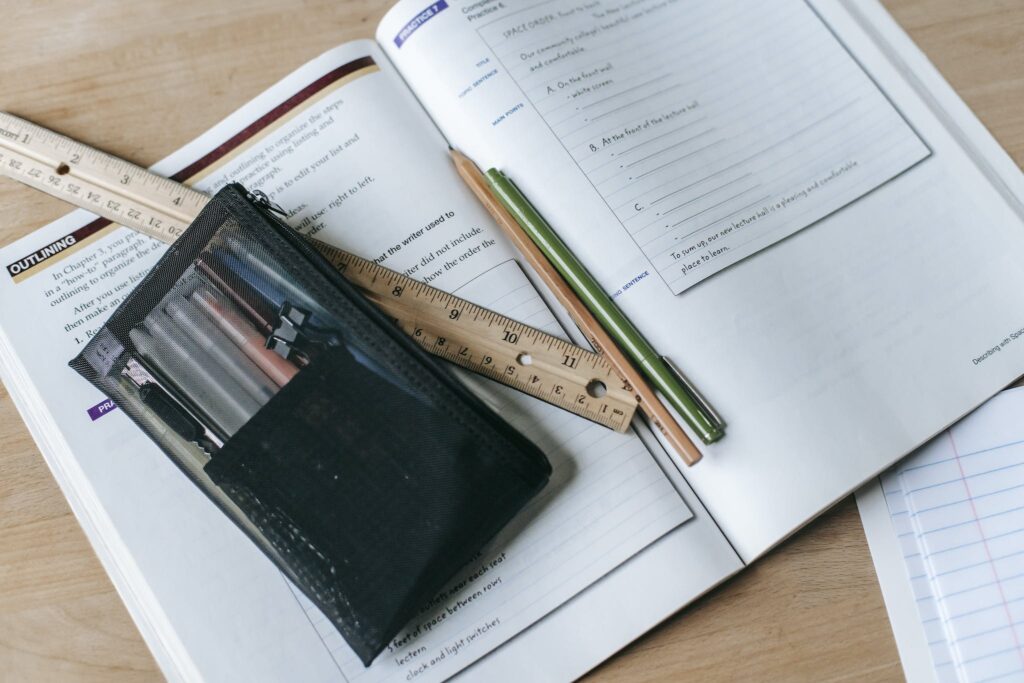
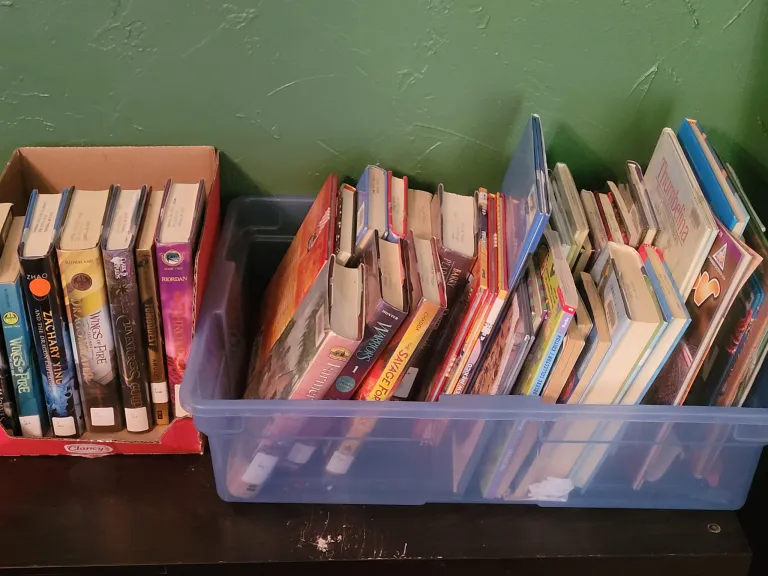

Overall Goals for Elementary
While teaching elementary students, you are mostly creating a structure and organization for your child. There are many ways you can organize our day and many subjects you can add in slowly or more quickly depending on your own personal goals for your homeschool.
Moreover, giving your child a general goal and expectation for how school will flow is important. Setting up a good structure and giving yourself time to adjust to the workload is good for both you and your elementary student.
However, once you have established this groundwork, adding in more complex and complicated lessons will allow middle school and high school structure and workload to be easier and more fluid.
These ideas and lists for structure and content should help you start the process and as you go, you can adapt and modify as you teach. That’s the joy of homeschooling.